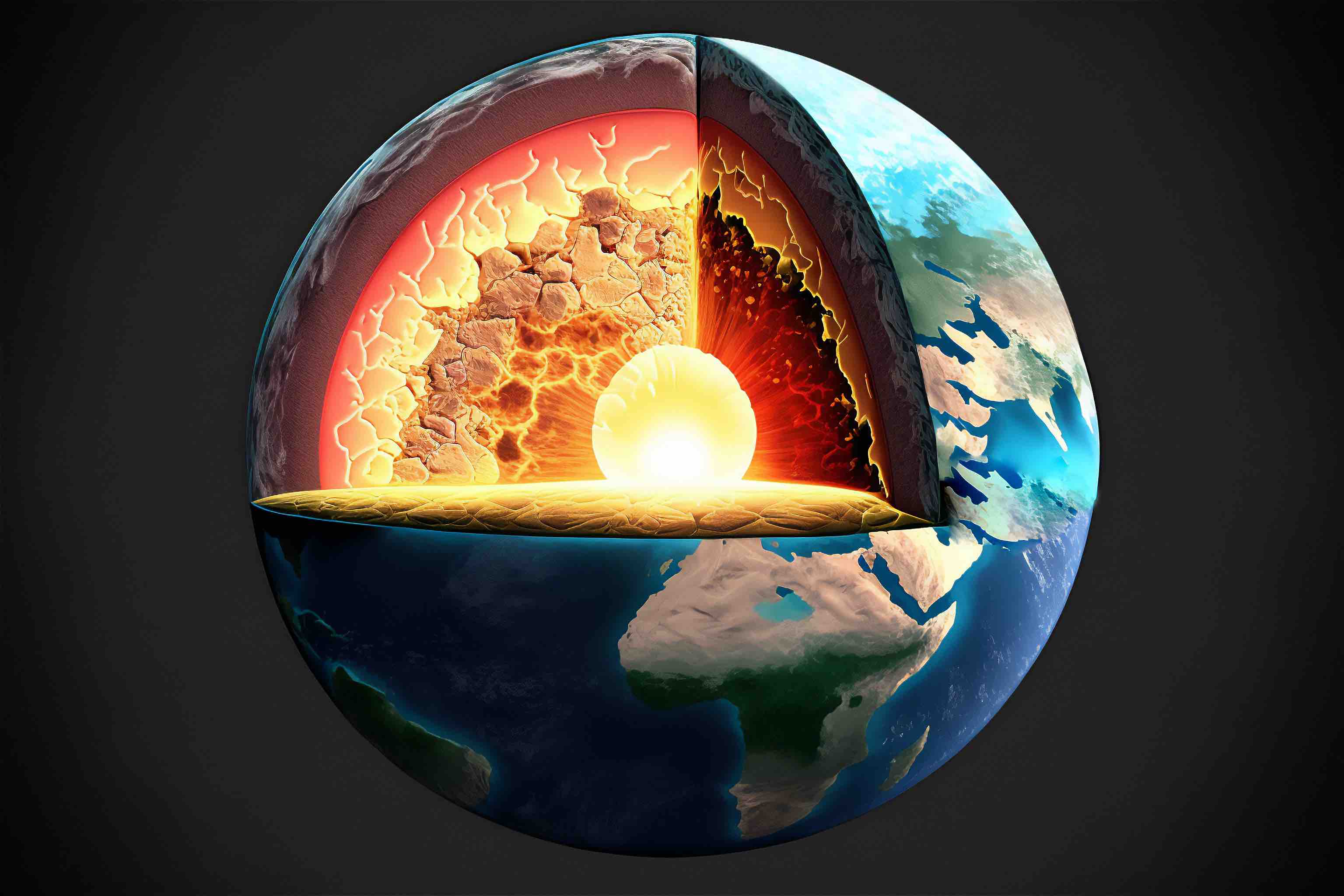
From the warmth of a hot coffee cup to the chill of an ice cube, we experience conduction – a fundamental principle of heat transfer – every day. Despite this, it remains a largely misunderstood phenomenon. In this article, we will unravel the mysteries of conduction, explore its real-world applications, and unearth 11 fascinating facts about conduction that bring this intriguing scientific concept to life.
Defining Conduction
Conduction, in the simplest terms, is the process of heat transfer from a region of high temperature to low temperature without any actual movement of the medium. This form of heat transfer takes place at the molecular level, making it an essential principle in the fields of physics and engineering.
Dependent on Direct Contact
One key characteristic of conduction is that it requires direct contact. This means that the two bodies involved in the transfer of heat need to be in physical contact with each other for conduction to occur. It’s why the handle of a metal spoon gets hot when you leave it in a hot soup.
Metals are Good Conductors
The conduction process happens much faster in metals because of the free electrons they contain. These free electrons move around quickly, colliding with atoms and other electrons. In doing so, they carry energy from the hotter part of the metal to the cooler part. This is why metals are considered good conductors of heat.
Conduction in the Earth’s Crust
One large-scale example of conduction is the heat transfer in the Earth’s crust. The core of the Earth is very hot, and it heats the layer of the crust closest to it. This heat is then conducted to the upper layers, influencing the Earth’s geothermal energy.

Conduction in the Human Body
Conduction plays a critical role in the human body too. For instance, when you touch a hot surface, heat conducts from the object to your skin, causing a burn. Conversely, touching a cold object conducts heat away from your body, making your skin feel cool.
Insulators Resist Conduction
Contrary to metals, insulators like wood, plastic, and rubber resist conduction. They do not have free electrons and their atoms are tightly bound, limiting the transfer of energy through them. This makes them ideal for use in handles of cooking utensils, electrical wires, and thermal clothing.
The Role of Temperature Gradient
The rate of conduction depends on the temperature gradient. This refers to the difference in temperature between two ends of an object. The larger the temperature gradient, the faster the rate of conduction.
Conduction in Space is Impossible
Unlike convection and radiation, conduction cannot occur in space. This is because space is a vacuum, devoid of any medium to facilitate the conduction process. It’s one of the reasons why spacecraft have special thermal protection systems.
Underpinning Modern Technology
Conduction is an essential principle in modern technology. It’s crucial in designing and operating devices like computers and smartphones. These devices generate a lot of heat that must be effectively conducted away to prevent overheating.

Fourier’s Law of Conduction
Jean-Baptiste Joseph Fourier, a French mathematician, formulated the law of heat conduction, known as Fourier’s Law. It states that the time rate of heat transfer through a material is proportional to the negative gradient in the temperature and the area through which heat is transferred.
Impact on Climate Change
Conduction also has a significant impact on climate change. The increased concentration of greenhouse gases leads to more heat being trapped in the Earth’s atmosphere. This excess heat is conducted into the Earth’s surface, contributing to global warming.
Final Word
In conclusion, conduction is a captivating process with a broad range of effects and applications. Understanding it helps us to make sense of the world around us and even within us. These 11 conduction facts give us a peek into this exciting world of heat transfer, offering insights that are as enlightening as they are intriguing. With knowledge comes power – the power to appreciate, utilize, and protect the world in which we live.
Was this page helpful?
Our commitment to delivering trustworthy and engaging content is at the heart of what we do. Each fact on our site is contributed by real users like you, bringing a wealth of diverse insights and information. To ensure the highest standards of accuracy and reliability, our dedicated editors meticulously review each submission. This process guarantees that the facts we share are not only fascinating but also credible. Trust in our commitment to quality and authenticity as you explore and learn with us.
